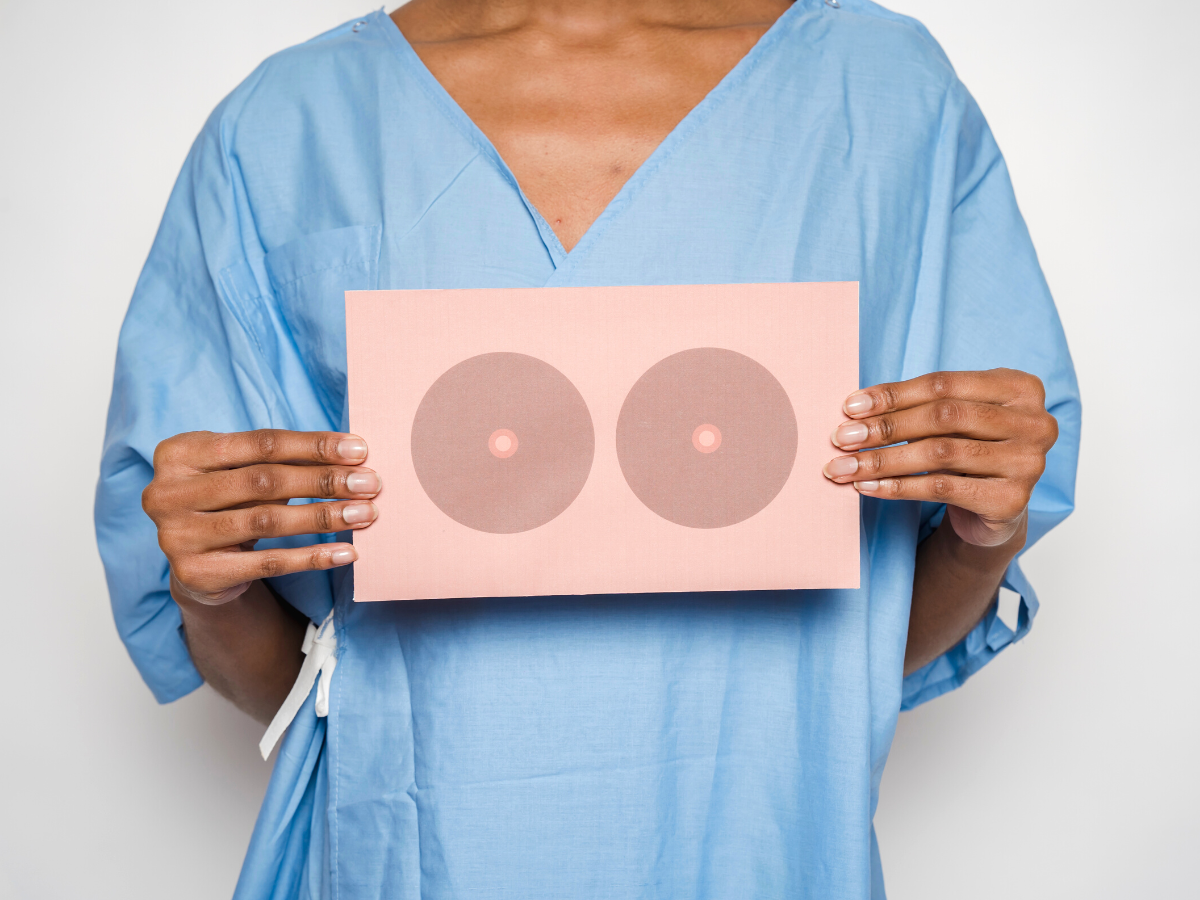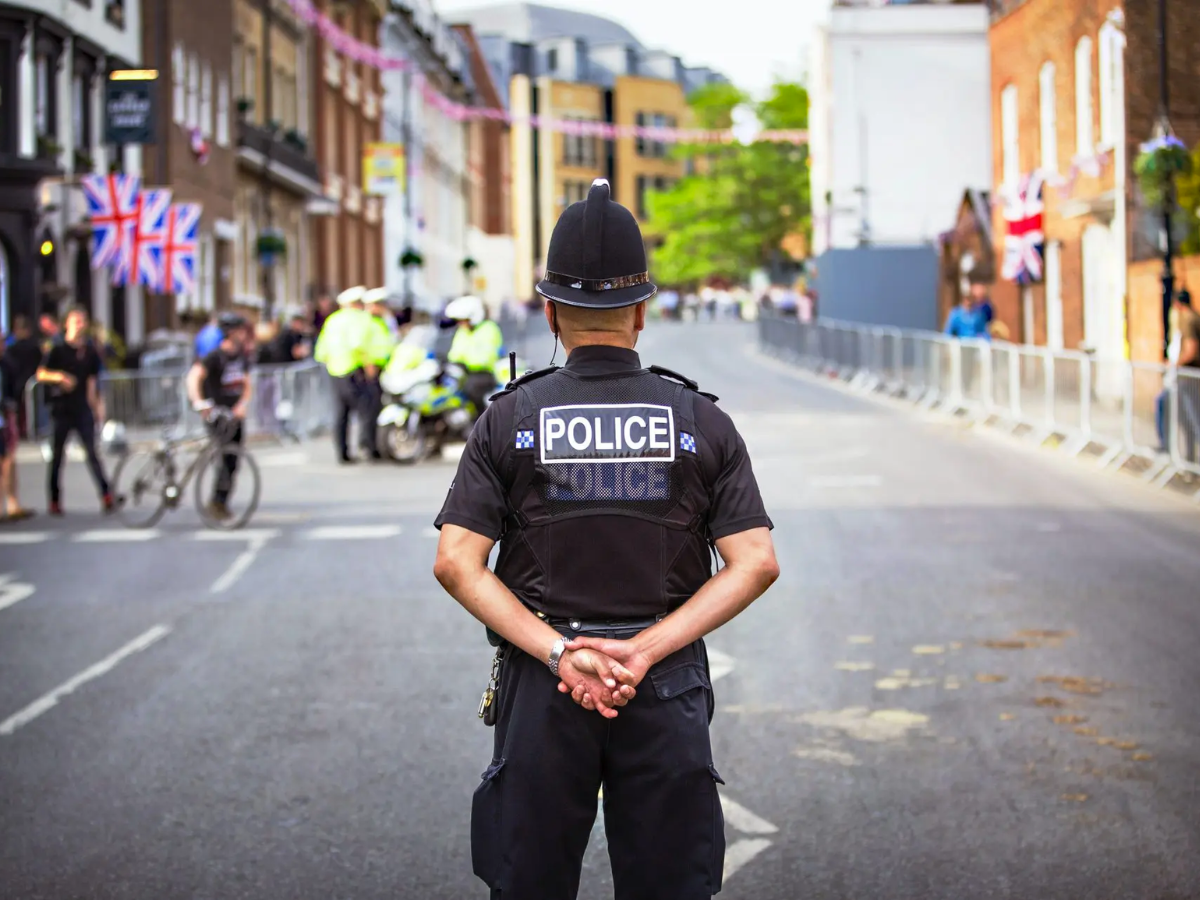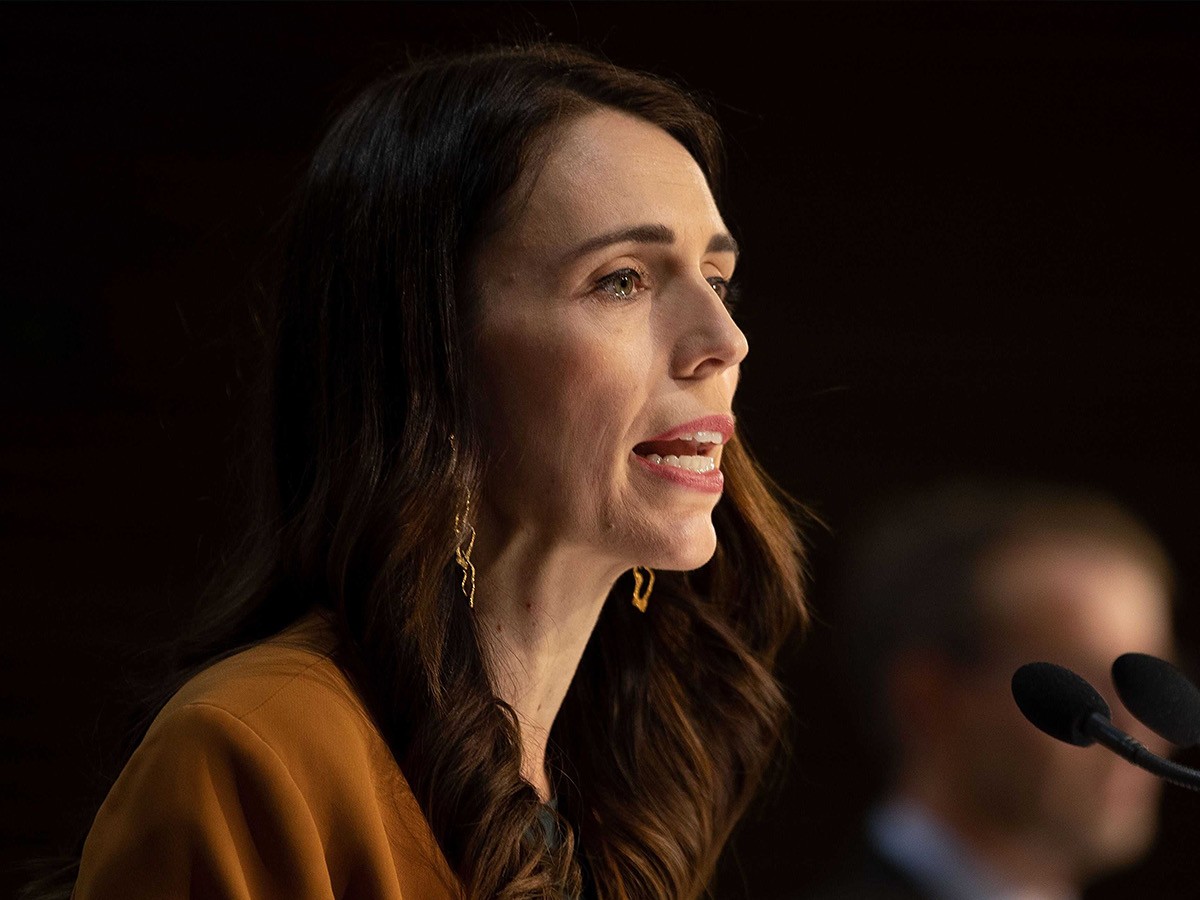Australia and New Zealand have been shining examples of how to contain and combat the coronavirus.
In March 2020, we witnessed the beginning of the biggest global health crisis since perhaps the Spanish flu pandemic of 1918. Lockdowns were introduced as countries grappled to restrict the spread of the virus. Some nations, however, were able to implement their lockdowns more effectively than others. Among those who had immediate success were Australia and New Zealand.
What set these countries apart was the strictness of their lockdown as seen with the 112-day lockdown implemented in Melbourne. During this period, there was a night-time curfew, a one-hour limit on outdoor exercise, and a ban on travelling more than 5km (3.1 miles) from their home combined with the lockdown being heavily policed. This was only lifted when zero cases were reported.
Ostensibly, these measures are draconian. They, nevertheless, proved effective. New Zealand was similarly quick to act with Prime Minister Jacinda Ardern closing the borders to non-citizens and non-residents on March 19 2020. This was followed by the government enforcing a month-long lockdown on March 23. Yet, whereas most countries announced lockdowns which were subsequently extended due to continued high rates of infection, New Zealand was able to gradually ease measures beginning on April 28. June 8 then saw all social distancing and lockdown measures lifted although the borders remained closed.
Although both countries have at various points gone into other short-term lockdowns, their actions have undoubtedly been successful. Now, however, their vaccine programmes seem to be lagging behind others, raising the question of whether their currently sluggish vaccine rollouts are jeopardising their progress.
Where do we stand?
The end of 2020 saw the global vaccination programme kick into gear. In the UK, the first person was vaccinated on December 8. As of writing, over 45% of the UK’s adult population had been given the first dose of the vaccine with close to 5% have had their second dose.
In Australia, however, the first vaccine dose was only administered on February 21 2021. This is despite Australia having ordered 10 million doses of the Pfizer vaccine, 53.8 million of AstraZeneca and 51 million of Novavax, although this is yet to be approved. Nevertheless, only around 460,000 doses have currently been administered in Australia.
This slow progress has been attributed to a delay in the arrival of doses of the AstraZeneca vaccine. Professor Brendan Murphy told the Senate that Australia was suffering due to the new wave being experienced across Europe. To that end, the worst-affected countries in Europe are being given special priority for the vaccine. Furthermore, Murphy attributed some blame to the European Union’s (EU) decision to ban exports for the Covid vaccines.
Murphy’s comments shed light on the slow progress Australia has made thus far. If it is possible to attribute ‘need’ to vaccines that the world as a whole requires, Australia would not be at the top of the list. This could be framed in the terms that their successful lockdowns have meant that Australia is in less need of the vaccine. This would, however, be a false assumption. We have seen how quickly a new wave of Covid-19 can explode and past success is not necessarily indicative of future success. The vaccines are needed to prevent the draconian measures from returning, meaning Australia is in no less need than others.
Like Australia, New Zealand has had a similarly sedentary start to their vaccine campaign. Beginning on February 20 2021, a group of medical professionals in Auckland received their first doses of the Pfizer vaccine. The New Zealand government has selected the Pfizer vaccine as the primary candidate, having ordered enough doses to provide for the entire population. This brings the total of doses to 10 million. It is, however, unclear how many doses New Zealand currently have available. Their original order for the Pfizer vaccine was for 1.5 million doses, with a subsequent 8.5 million ordered at the beginning of March. Although they have implemented this infrastructure, there remains the question of whether it is paying dividends.
What does the future hold?
Australia’s programme is poised to pick up pace as the first batches of locally-made AstraZeneca vaccine have been approved for use. Made in laboratories in Canberra, 832,200 were released for use on March 23, marking an important step for the potential success of the vaccine rollout. The struggle Australia has faced thus far is a lack of doses. To that end, if Australia can increase its vaccine production within their borders, the issue of delayed delivery of doses can be remedied.
Australian doctors are also attempting to expedite the safe rollout of the vaccine. In some of the most severely affected areas, doctors have set up hubs for large groups to receive their vaccinations. Worried by the delays, the doctors are proposing for zones to be created in buildings that would allow doses to be dispensed whilst maintaining social distancing guidelines. This has yet to be approved, but, if it were approved, it would be another exciting step when combined with the influx of doses.
New Zealand faces a different set of challenges from its neighbours. The comparative difference in population sizes by definition means that the doses available go further to ensuring herd immunity. Their targeted vaccine plan has already seen the first priority group vaccinated and the second group in the progress of being vaccinated. This amounts to over 24% of the population having been given their first dose. That said, there is a potentially troublesome hesitance among New Zealanders to get the vaccine from the outset. It has been estimated that more than one in three New Zealanders are hesitant about getting the Covid-19 vaccine.
This scepticism is especially prevalent among New Zealand’s Maori population. The Maori are estimated to make up 16.7% of the New Zealand population, marking a sizeable percentage of the general population. Further to this, members of the Maori community are at increased risk of hospitalisation from coronavirus. Further complicating the matter is the fact that Maori party co-leader Rawiri Waititi declaring that he would not instruct Maori communities to get the vaccine. Hesitancy over the vaccine is not unique to New Zealand, with the UK also confronting a low BAME uptake. Accordingly, Ardern and her government have the challenge of developing the rhetoric around the vaccine to the extent that they can convince their citizens of the vaccine’s safety and effectiveness.
All this said, any concern around the vaccine programmes in Australia and New Zealand is perhaps overstated. Their success in containing Covid-19 thus far has meant that we hold them to a higher standard. They have led the way in conducting successful lockdowns and so the general expectation is for them to also lead the way with vaccines. They may not have had the same fast starts as the likes of the UK and Israel, but these two countries have demonstrated their ability to fight the virus. Therefore, we should not discount the possibility of Australia and New Zealand having successful programmes once they acquire the doses.
About the Author: James Hingley
James Hingley is a contributing Features Writer with extensive expertise in International Relations, Politics and Culture.
Recommended for you

Antidepressant Prescribing at Six-Year High
More people are taking antidepressants than ever. Is this a dark sign of the times or an indication that mental health stigma is changing?

Can AI be Used to Determine Cancer Recurrence?
When cancer patients go into remission, they often worry about it coming back. AI can now help identify those at risk of cancer recurrence.

Pegasus – Still a Threat to the UK?
The notorious Pegasus spyware has been misused to exploit vulnerabilities in devices, even those kept within the walls of Number 10.
Trending

Drug Decriminalisation: Could the UK Follow Portugal?
Portugal’s drug decriminalisation has reduced drug deaths and made people feel safe seeking support. Would the UK ever follow suit?

Calling All Unvaccinated UK Adults
With Covid cases rising, the NHS is urging the 3 million UK adults who remain unvaccinated to come forward.




